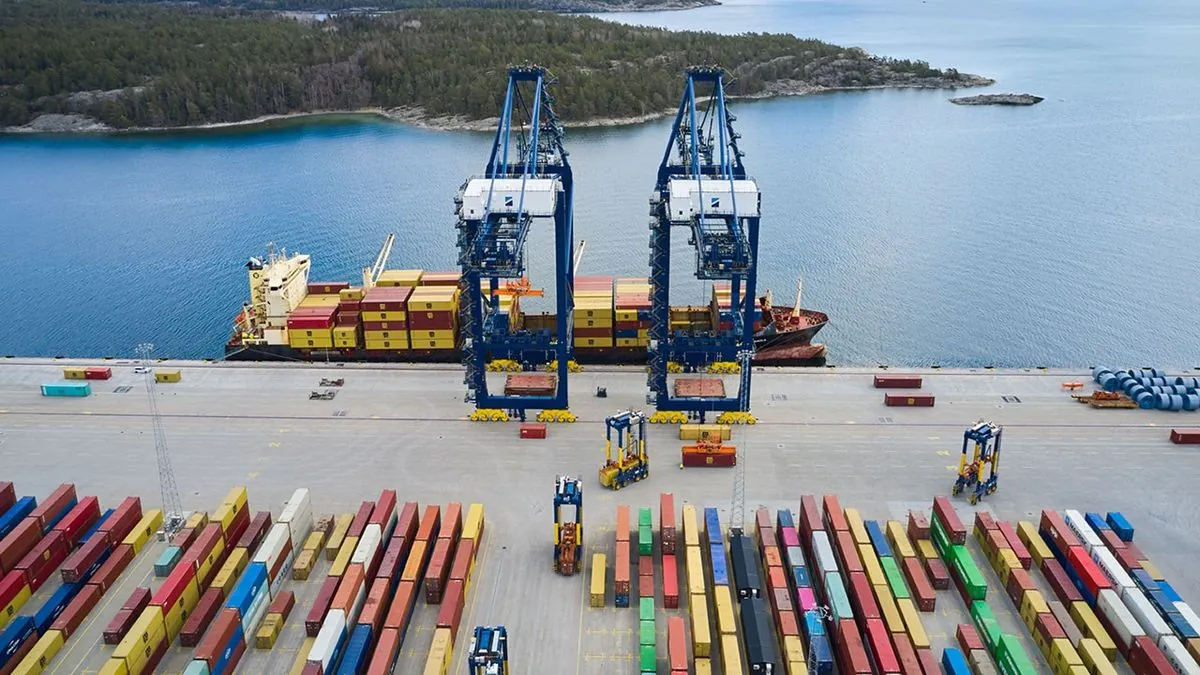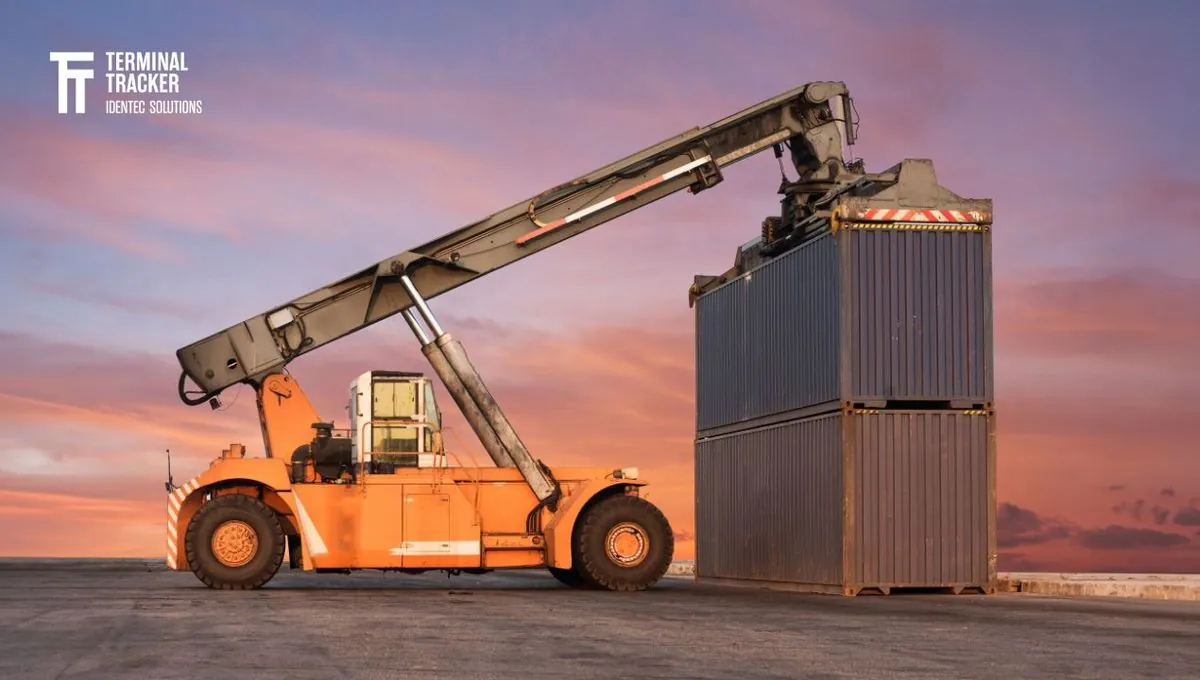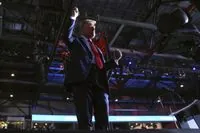ILA Chief Battles Port Automation to Safeguard 47,000 Dockworker Jobs
Harold Daggett, ILA president, fights against port automation to protect jobs. Recent contract negotiations highlight the tension between technological progress and workforce preservation in U.S. ports.

Harold Daggett, president of the International Longshoremen's Association (ILA), is leading a fierce battle against automation in U.S. ports, viewing it as a significant threat to the livelihoods of 47,000 dockworkers. This struggle highlights the ongoing tension between technological advancement and job preservation in the maritime industry.
The ILA, founded in 1892, recently secured a substantial 62% wage increase over six years for its members. However, the union's focus has now shifted to a more formidable challenge: preventing the implementation of automated systems in port operations.
U.S. ports currently lag behind their European and Asian counterparts in technological adoption. The Port of Rotterdam, Europe's largest seaport and the world's busiest from 1962 to 2004, pioneered the first partially automated container terminal in 1993. In contrast, the first semi-automated facility in the Western Hemisphere only appeared in Bayonne, New Jersey, in 2015.
Daggett is adamant about maintaining this technological gap, demanding "absolute airtight language" in the next contract to prohibit any form of automation or semi-automation. This stance reflects a long-standing tradition of resistance to potentially job-displacing innovations within the longshoremen's unions.
"If it was up to them, they'd like to see everybody lose their jobs. … They don't want to pay anybody. Someone has to get into Congress and say, 'Whoa, time out.' This world is going too fast for us. Machines got to stop. … What good is it if you're going to put people out of work."
The impact of containerization on the shipping industry provides historical context for this debate. Invented by Malcolm McLean in 1956, containerization has reduced shipping costs by over 90% since the 1950s. The first containerized cargo ship, the Ideal X, sailed from Port Newark, New Jersey, in 1956, marking the beginning of a revolution in maritime trade.
While technological advancements have historically increased productivity and wealth, they have also disrupted traditional job roles. American workers today produce twice as much in one hour as they did 37 years ago. However, contrary to fears of widespread job losses, the U.S. economy has added nearly 30 million new jobs over the past quarter-century.

The global trend towards port automation is evident, with 53 automated terminals worldwide as of 2021. However, these facilities account for only 4% of total global capacity. The Port of Shanghai, the world's busiest container port since 2010, processed nearly 50 million containers last year, dwarfing the Port of Los Angeles's throughput.
The debate over automation extends beyond the docks. The International Transport Workers' Federation (ITF), representing over 4.5 million transport workers globally, faces similar challenges across various sectors. The rise of artificial intelligence has sparked fresh concerns about machines potentially displacing human workers.
Despite these concerns, fully automated ports do not yet exist. The unpredictable nature of dockside operations still requires skilled human operators for crucial tasks like managing ship-to-shore cranes. This reality underscores the complexity of the automation debate in the maritime industry.
As negotiations continue, the outcome of this struggle will likely shape the future of U.S. port operations and the role of dockworkers in an increasingly automated world. The challenge lies in finding a balance between embracing technological progress and preserving valuable human expertise in this critical sector of the global economy.


































